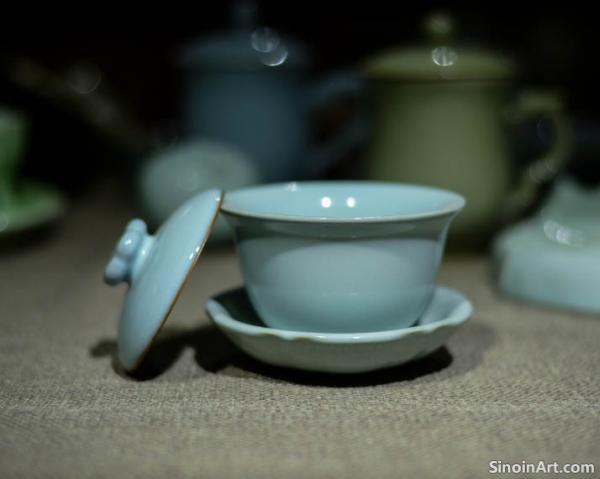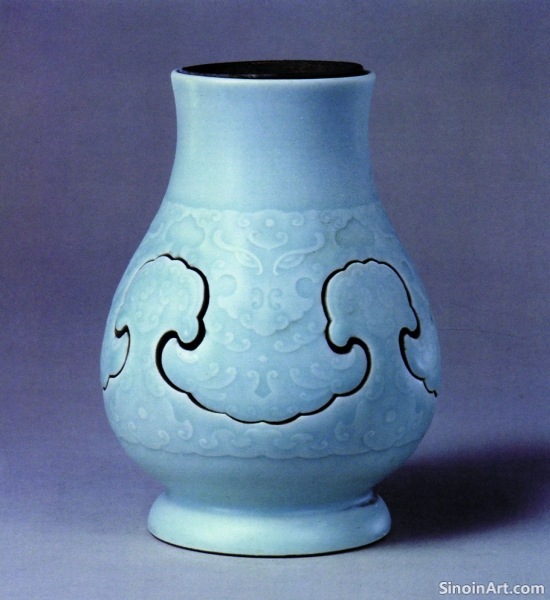Blackwares of the Song Dynasty: Jian and Beyond
|
While celadon and white porcelains are often highlighted, the blackwares of the Song Dynasty also hold an important place in the ceramic tradition. These dark-glazed ceramics, often produced at kilns like Jian and Jizhou, demonstrate the range and creativity of the Song potters. Blackwares demonstrate the range of glaze techniques used in the period.  Jian ware, produced in Fujian province, is particularly famous for its “hare’s fur” and “oil spot” glazes. These effects were created by the iron content of the glaze and the precise firing conditions. These techniques showcase the potters’ mastery of materials. Jian ware tea bowls are highly prized for their beauty.  Jizhou ware, also produced during the Song Dynasty, is known for its decorative techniques, which included paper-cut stencils, leaf imprints, and painted designs. Jizhou pieces often have a folk art quality to them. Jizhou represents a more rustic quality than some of the other wares of the era.  The forms of blackwares are often simple and functional, including bowls, tea bowls, and bottles. The focus was on highlighting the beauty of the glaze and its texture. The forms are simple and understated, allowing for the beauty of the glazes to stand out. The blackwares of the Song Dynasty demonstrate the diversity and experimentation that characterized this era of ceramic production. They stand in contrast to the more elegant white wares, but are still an important part of the story of Song ceramics. Black wares have their own unique artistic aesthetic. |
Tag : Song blackware, Jian ware, Jizhou ware, Chinese ceramics, Hare’s fur glaze
Related information
- The Refinement of Song Ceramics: An Introduction
- The Elegance of Ding Ware: White Beauty
- Song Ceramics and the Representation of Nature
- Collecting and Appreciating Song Ceramics Today
- The Global Influence of Song Dynasty Ceramics
Song Dynasty ceramics (960-1279) represent a golden age of Chinese pottery, marked by refined techniques, elegant forms, and a focus on monochrome glazes like celadon, showcasing subtle beauty and technical mastery.
Ding ware, a highly prized Song Dynasty white porcelain, is known for its fine, thin body, smooth ivory-white glaze, and delicately carved or impressed designs, embodying the Song preference for simple elegance and refined craftsmanship.
The forms, glazes, and decorative motifs of Song Dynasty ceramics often reflect a deep appreciation for nature, with potters drawing inspiration from the natural world. The incorporation of natural elements is a clear indicator of the importance of nature in Tang artistic thought.
Song Dynasty ceramics are highly valued today by collectors and museums due to their historical significance, artistic beauty, and technical sophistication, requiring detailed knowledge for informed collection, appreciation, and authentication.
Song Dynasty ceramics have had a profound influence on ceramic traditions around the world, with their beauty, elegance, and technical sophistication inspiring potters in many different cultures. The influence of Song wares has been felt throughout Asia, Europe, and even the Americas, and this speaks to the global importance of Chinese ceramics.